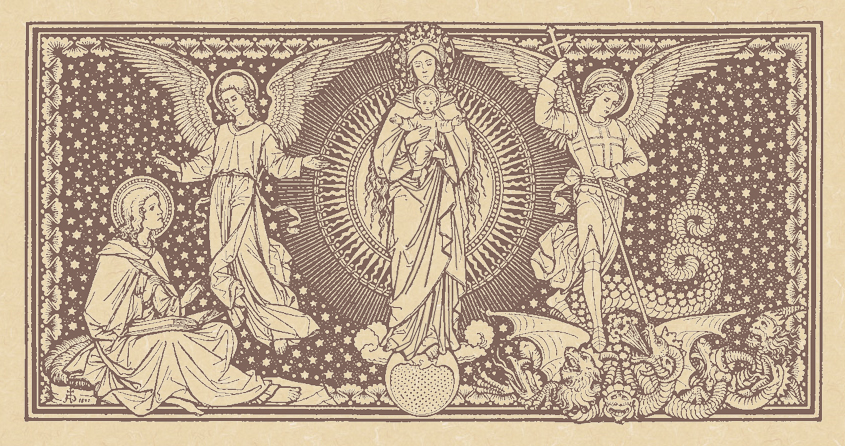How Grace Works.
The Eighteenth Monday of Ordinary Time; or, the Memorial of the Dedication of the Basilica of Saint Mary Major.
Lessons from the primary feria, according to the ordinary form of the Roman Rite:
• Numbers 11: 4-15.
• Psalm 81: 12-17.
• Matthew 14: 13-21.
|
If a Mass for the memorial is taken, lessons from the feria as above, or from the proper:
• Revelation 21: 1-5.
• [Responsorial] Judith 13: 18-19.
• Luke 11: 27-28.
…or, any lessons from the common of the Blessed Virgin Mary.
|
The Third Class Feast of the Dedication of the Church of Saint Mary of the Snows.
Lessons from the proper, according to the extraordinary form of the Roman Rite:
• Ecclesiasticus 24: 14-16.
• [Gradual] Benedicta et Venerábilis es…*
• Luke 11: 27-28.
FatherVenditti.com
|
4:29 PM 8/6/2019 (posted a day late) — Today we observe the anniversary of the dedication of one of the most beautiful churches in the world.  Referred to today as the Basilica of Saint Mary Major, it’s original title was the Church of Our Lady of the Snow, and how it came to be built is recounted in the third lesson from Matins in the Divine Office, which I would like to read to you. Referred to today as the Basilica of Saint Mary Major, it’s original title was the Church of Our Lady of the Snow, and how it came to be built is recounted in the third lesson from Matins in the Divine Office, which I would like to read to you.
When Liberius was Pope, a Roman Patrician named John, and his wife, also of noble birth, having no children to inherit their goods, vowed their inheritance to the most holy Virgin Mother of God. The blessed Virgin heard their prayers and approved their vow by a miracle. On the 5th of August, which is always the season of the greatest heat in the City, snow fell by night and covered part of the Esquiline hill. And on that same night, the Mother of God told John and his wife separately in dreams that they should build a church on that place. When John told this to Pope Liberius, he said that he had had the same dream. The Pope therefore went to the snow-covered hill and there marked out a site. The church was built with the money given by John and his wife, and was later restored by Sixtus III. It has been given various names; but, so that its title may indicate its excellence, it is called the church of St. Mary Major (Breviarium Romanum of St. John XXIII, 1962).
And, if you ever have the privilege of assisting at Holy Mass in this basilica in Rome on this day, they have the lovely custom of remembering the miraculous August snow fall by dropping flower petals from the ceiling onto the congregation during the singing of the Gloria; I had the blessed privilege of concelebrating there on this day many years ago. It’s the oldest church in the West dedicated to the Blessed Virgin; and, if you’re ever in Rome, it’s a place to visit. In the confessio under the high altar are preserved fragments of the crib in which the child Jesus was lain in the manger. Our present Holy Father, Pope Francis, has the custom of visiting that church to pray before leaving Rome on one of his apostolic journeys.
But, turning now to today’s Gospel lesson, I wish to make only one point, and that’s the fact that our Lord doesn’t feed the multitude out of the clear blue sky, but insists on using the meager loves and fish that are on hand, and it’s illustrative of how grace works in us. He still chooses to require the raw materials from us, just as He used the loaves and fish, meager and insufficient as they were, to feed the multitude, which surely points to the fact that grace is not completely a gift, but relies on our own efforts to make it work within us. And when we are open to receiving that grace, we can do what we were tempted to think was impossible. There is no burden that the Gospel imposes on us that cannot be met with the grace of Christ. Remembering that at all times, especially in times of temptation, can make all the difference.

* The Gradual is non-Scriptural: "O Virgin Mary, blessed and venerable art Thou: Who without blemish to Thy maidenhood, didst become the Mother of the Saviour. O Virgin Mother of God, He whom the whole world cannot contain, enclosed Himself within Thy womb, and became man."
|

